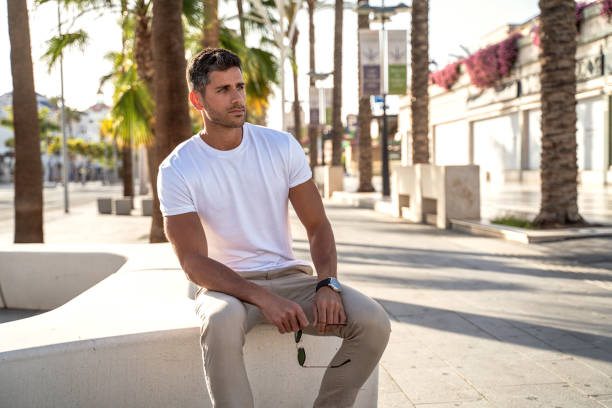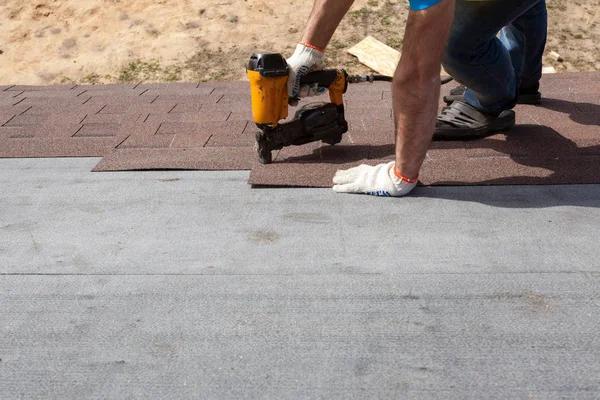Styling and fashion are two areas that have always been associated with splurging and high costs. However, in recent years, the trend has shifted towards sustainable and budget-friendly styling. The concept of ‘Budget to Brilliance’ revolves around creating a stylish wardrobe without burning a hole in your pocket, all while being environmentally conscious.
The first secret to achieving this is understanding the difference between needs and wants. A smaller wardrobe doesn’t mean less style; it means more creativity. It’s about investing in key pieces that can be mixed and matched to create various looks rather than buying every trendy item that catches your eye.
Another key aspect is quality over quantity. Instead of buying several inexpensive items that won’t last long, invest in high-quality pieces made from durable materials which will stand the test of time both physically and stylistically. This approach not only saves money but also reduces waste, making it an environmentally friendly choice.
Thrift shopping or second-hand shopping is another sustainable styling secret gaining popularity these days. It allows you to find unique pieces at low prices while also promoting recycling and reducing waste production associated with new clothing manufacturing processes.
In addition to thrift shopping, clothes swapping parties have become a popular trend among eco-conscious groups. These events involve people bringing clothes they no longer wear or need and exchanging them for something else brought by someone else at the party – a fun way of refreshing one’s wardrobe without spending any money.
Online marketplaces for pre-loved items are also on the rise where lightly used clothes can be bought at fraction prices or even exchanged with other users’ items – another great way to keep up with trends sustainably on a budget.
Maintaining what you already own is another crucial aspect of budget-friendly sustainability. Regular care like proper washing, mending when needed can significantly extend the life span of your garments saving both money and resources required for new purchases.
Lastly, DIY (Do-It-Yourself) fashion is a fun and creative way to update your wardrobe without spending much. From upcycling old clothes to creating accessories from leftover materials, DIY projects not only give you unique pieces but also reduce waste.
In conclusion, sustainable styling doesn’t have to be expensive or dull. It’s about being smart with your choices, creative with your style, and conscious of the environment. By following these trend secrets for sustainable styling – understanding needs vs wants, focusing on quality over quantity, embracing thrift shopping and clothes swapping parties, maintaining what you own and getting crafty with DIY fashion – one can easily transition from budget to brilliance in their personal style journey while making a positive impact on the environment.

















